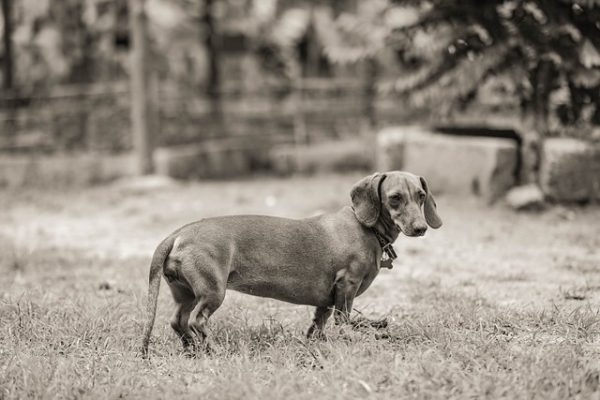
They said it wouldn’t last.
It was the 1920s. Gertrude Stein held her famous soirees, and in Moscow, Diego Rivera was painting murals inspired by his Mexican roots. The decade is regarded by most art historians as when modern art began to crystallize, and the market for such art was undeniably Paris. Sales were typically brokered through high powered dealers, and they were entirely men.
Edith Halpert didn’t get that memo.
Born in Odessa (then Russia, now Ukraine), Edith immigrated to New York City in 1906 with her mother and sister, and at the age of fourteen, she determined to become an artist. She was able to attend the National Academy of Design only by lying about her age, and in 1917 at the age of seventeen, she met and married another artist, Samuel Halpert. Unlike other young brides of her day, Edith worked after the wedding so Samuel could stay home to paint. The marriage, however, ended in 1930 – just before Samuel died of streptococci meningitis. The shock of his passing, it was said, turned Edith’s hair white overnight.
By then, Edith had gathered enough experience to be a savvy businesswoman. A year living in Paris with Samual also made it glaringly obvious to Edith that unlike the French, American artists had far fewer opportunities to sell their work, in large part because their work got less exposure. Edith was doing to change that.
In 1926, Edith Halpert became America’s first female art dealer when she opened Our Gallery in New York (she was only 26 years old). Though her gallery specialized in strictly America art (mostly modern and folk art), the way Edith ran her gallery changed the way American understood all art forms, and that, in turn, transformed how they bought it and lived with it. No snob, Edith, she felt that art needed to be accessible by all people, not just high society, and to that end, she offered sales, interest free payment plans, and situated her gallery in Greenwich Village. It was the first commercial art space in that neighborhood.
She also represented the work of artists who found it challenging to get exposure anywhere else, i.e., immigrants, Jewish artists, women, and black artists, You might have heard of one of them: Georgia O’Keefe.
Critics said the gallery wouldn’t last because Edith wouldn’t last, but she did. In a few short years, the gallery had an ever-widening circle of serious art collectors and philanthropists, including Abby Rockefeller. By the time Edith died in 1970, she had transformed the art market, and elevated the status of minority artists and women professionals in the art world.
Edith never remarried after Sam’s passing. Her beloved Dachshund, “Adam,” became her loyal life companion in the 1930s and early 1940s, and it was with Adam that her portrait was painted by Bernard Karfiol, perhaps an homage to Edith in advance of her Downtown Gallery’s tenth anniversary.
We thought you should know about this amazing woman, and the dog with whom she made her life. We don’t have permission to share this portrait here, but can see it here.
You can read more about Edith here.
The image is not Adam, but is a photo taken by Anil sharma from Pixabay
